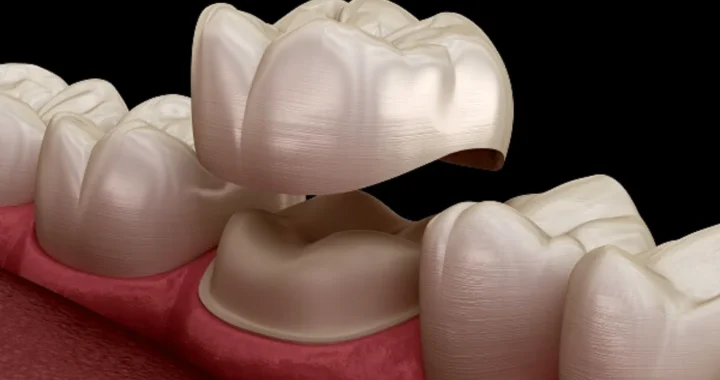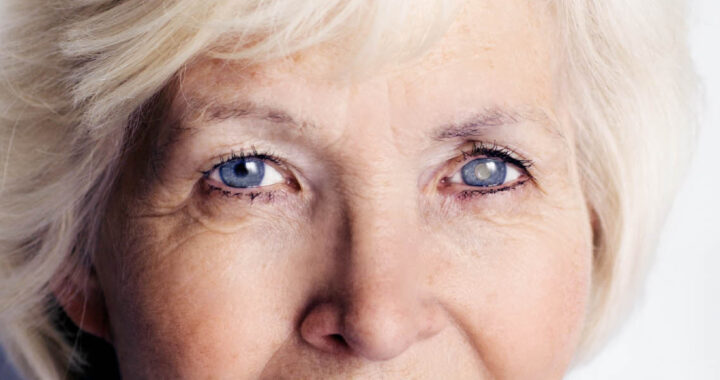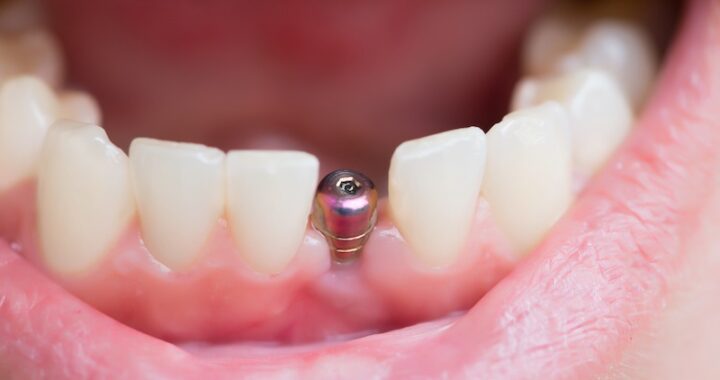Different Dry Needling Techniques & How To Choose The Most Suitable

If you learned anything from experiences with treatments, it’s that not every patient responds the same way to every needling method. When used appropriately, these little devices have the best effect on the neurological, endocrine, muscular, and skeletal systems and may produce the best results quickly. However, proficient use of needles necessitates a thorough understanding of anatomy and physiology for practical expertise. However, there are a few different dry needling techniques, and which one is appropriate for each particular patient to assist you in using needling as a tool for effective patient outcomes.
Which dry-needling technique is best?
Every evidence-based therapeutic intervention has a proper timing and setting, and it’s crucial to pick a tool depending on the patient you are dealing with today. Before deciding which kind of dry needling to use, the best thing to select is to use dry needling supplies at the DongBang acupuncture needles from Korea because it assesses the right tool for any therapy.
What are the different forms of dry needling?
Trigger Point
Dry needling for trigger points is what it looks like; when a patient’s discomfort originates from an active trigger point, you may use a needle to target that one area specifically until it releases. Trigger point dry needling could be a highly efficient technique of dry needling if the patient’s pain generating is an active trigger point.
Risk: Moderate
When a trigger point is not a source of your soreness, this dry needling won’t work, and you will need to find another approach.
Length Of Needle
Depending on the depth of the treatment muscle, your patient’s size, and any physical risk factors treated region may be anything between 25 and 125 millimetres. For example, the trigger point dry needling can help patients with myofascial discomfort in their necks brought on by trigger points in the upper trapezius.
Stimulation with electricity
A specific type of dry needling involves electrical stimulation to the needles. Needles alone do not provide the same neuroendocrine reaction that electrical stimulation. This kind of dry needling connects to many pain modulation routes and regions in the central nervous system providing treatment for those having osteoarthritis and pain management.
Risks: Moderate
Electrical stimulation is not best for some people with certain diseases, such as pacemaker patients, and on an individual basis, the risk of the chance of new systemic issues into account.
Deep Needle Length
Since electrical stimulation cannot be attached to the skin with superficial needling, one needle must be inserted partially into the muscle or even into the spine if a periosteal peck did.
Therefore, utilise the DongBang for your treatment equipment if you want to use dry needling supplies with the best quality to fine-tune your superior needing abilities.


 Innovations in Health Screenings: Exploring the Latest Technologies in Clinic Services
Innovations in Health Screenings: Exploring the Latest Technologies in Clinic Services  Dental Crowns –Restoring Strength, Function, And Aesthetics.
Dental Crowns –Restoring Strength, Function, And Aesthetics.  One-Person Wonder: Making Waves in the Massage Industry in Gunma
One-Person Wonder: Making Waves in the Massage Industry in Gunma  How Cataract Surgery in Nashville Improves Vision and Quality of Life
How Cataract Surgery in Nashville Improves Vision and Quality of Life  Maintaining Oral Health: The Role of Dentists in Richmond
Maintaining Oral Health: The Role of Dentists in Richmond  How to Choose the Best Implant Dentist in Sheffield: A Guide
How to Choose the Best Implant Dentist in Sheffield: A Guide